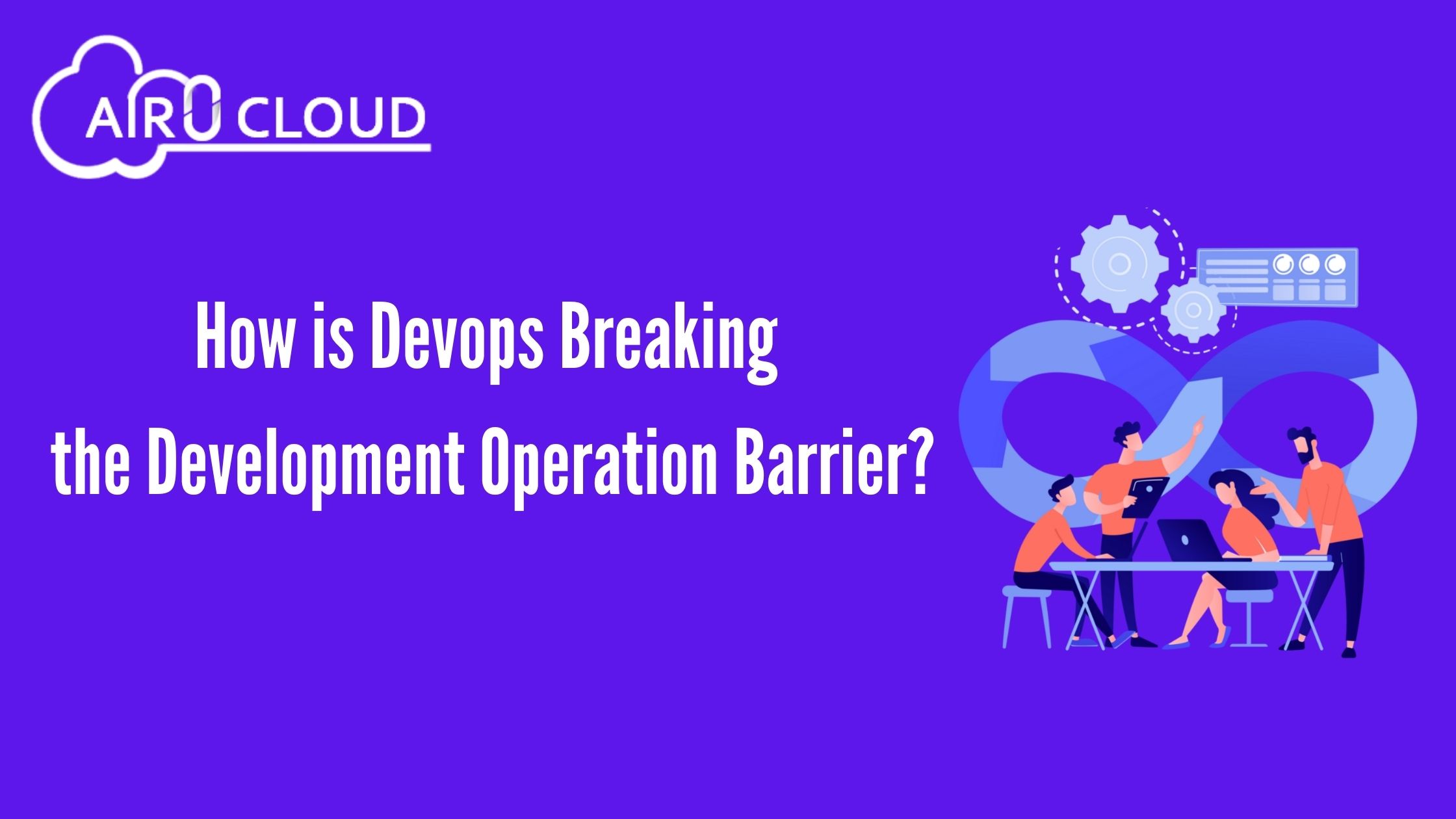
What is DevOps?
DevOps is a package of practices and tools that automate and merge the processes between software development and IT groups. It motivates team empowerment, cross-team communication and collaboration. The term DevOps, a combination of the expansion and operations of the word, shows the process of integrating these disciplines into a unit, continuous process.
How does DevOps work?
A DevOps society includes developers and IT operations working collaboratively throughout the business lifecycle, to raise the speed and quality of software development. It’s a new method of working, a social shift, that has significant implications for teams and the organizations they work for. Under a DevOps model, increase and operations teams are no longer “siloed.” Sometimes, these two teams join into a single team where the engineers operate across the entire application lifecycle — from evolution and test to deployment and processes— and have a range of multidisciplinary skills.
DevOps tools are used to automate and stimulate processes, which serves to increase authenticity. A DevOps toolchain helps teams tackle crucial DevOps fundamentals including continuous integration, continuous delivery, automation, and collaboration.
What is the DevOps life cycle?
Because of the eternal nature of DevOps, practitioners use the continuity loop to show how the aspects of the DevOps lifecycle compare to each other. Notwithstanding emerging to flow sequentially, the loop signifies the necessity for continuous collaboration and iterative improvement throughout the entire lifecycle.
The DevOps lifecycle consists of six states enacting the methods, abilities, and tools required for growth and assistance. Throughout each stage, partners cooperate and communicate to maintain alignment, velocity, and quality.
What are DevOps tools?
DevOps tools discuss the key points of the DevOps lifecycle. They enable DevOps trade by helping to increase collaboration, decrease context-switching, inject industrialization, and enable observability and monitoring. DevOps toolchains normally support two passageways: an all-in-one or public toolchain. An all-in-one toolchain grants a perfect solution that normally doesn’t combine with other third-party tools, while an open toolchain deducts for customization with different tools.
What are the benefits of DevOps?
The benefits of DevOps are:
- Speed:
Companies that follow DevOps statement deliverables more generally, with greater quality and durability. Some researchers found that elite organizations deploy 208 times more regularly and 106 times more durable than low-performing partners. Constant delivery enables teams to develop, test, and rescue software with automated tools. - Improved collaboration:
The support of DevOps is a history of collaboration among developers and operations partners, who participate in responsibilities and join the craft. This addresses teams more efficiently and keeps time-related to manage handoffs and create code that is intended for the situation where it goes. - Rapid deployment:
By raising the repetition and quickness of releases, DevOps teams develop results quickly. An aggressive benefit can be achieved by quickly delivering new stories and correcting bugs. - Quality and reliability:
Works like continuous synthesis and constant delivery guarantee changes are practical and reliable, which increases the worth of software merchandise. Monitoring supports teams to stay informed of production in real-time. - Security:
By combining safety into constant integration, continuous performance, and continuous deployment pipeline, DevSecOps is an effective, integrated part of the expansion process. Safety is made into the goods by integrating active safety audits and security testing into agile addition and DevOps workflows.
What are the challenges of adopting DevOps?
Habits are hard to break. Partners entrenched in siloed processes of performance can cope with, or even be immune to, improving team constructions to adopt DevOps manners. Some teams may falsely consider new tools are enough to adopt DevOps. Yet, DevOps is a mixture of people, tools, and experience. Everyone on a DevOps team wants to get the entire value stream — from ideation to development, to the end-user experience. It needs to break down silos in series to cooperate throughout the lifecycle of the goods.
Moving from legacy foundation to using IaC and microservices can offer faster growth and innovation, but the improved operational workload can be challenging. It’s enough to build out strong support of automation, shape control, and continuous delivery practices to help ease the load.
An over-dependence on tools can reduce teams from the essential foundations of DevOps: the team and company structure. Once construction is installed, the processes and partners should come attached and the tools should support them.
How to adopt DevOps?
Utilizing DevOps first needs involvement to evaluate and possibly change or remove any teams, tools, or processes your business currently uses. It means producing the essential foundation to give teams the freedom to create, deploy, and manage their outcomes without having to rely too heavily on outside teams.
How to start with DevOps?
The simplest way to get excited with DevOps is to know a small value stream and start searching with some DevOps manners. As with software development, it is far more obvious to change a single stream with a small group of stakeholders than to attempt an all-at-once organizational change to a new way of operating.
If you have any questions about the above topic or have to get services and consultations and get the best DevOps services. Feel free to contact us. AIRO ZERO CLOUD will be your strong digital partner. E-mail id: [email protected]
 Author - Johnson Augustine
Author - Johnson Augustine
Cloud Architect, Ethical hacker
Founder: Airo Global Software Inc
LinkedIn Profile: www.linkedin.com/in/johnsontaugustine/
